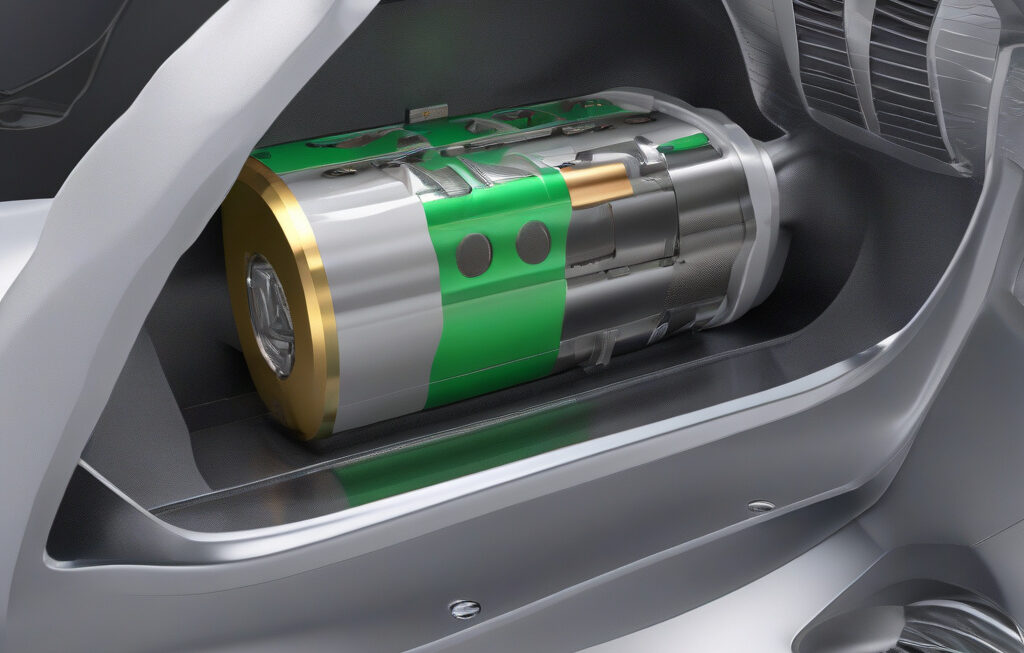Scientists Capture First Real-Time View of Electrolyte in Lithium-Sulfur Batteries
A research team at Helmholtz-Zentrum Berlin (HZB) has, for the first time, used operando neutron imaging to capture a real-time view of the electrolyte within lithium-sulfur batteries. This groundbreaking achievement offers valuable insights into the inner workings of these next-generation batteries, shedding light on their performance and potential for widespread use in various applications.
Lithium-sulfur batteries are considered a promising alternative to conventional lithium-ion batteries due to their higher energy density, lower cost, and reduced environmental impact. However, their practical implementation has been hindered by challenges such as capacity fading and poor cycling stability, primarily attributed to the complex interactions taking place within the battery during charge and discharge cycles.
One significant factor influencing the performance of lithium-sulfur batteries is the behavior of the electrolyte, which serves as the medium for the transport of lithium ions between the electrodes. By visualizing the electrolyte in real-time during battery operation, the research team at HZB was able to observe how it distributes within the battery cell, providing crucial information on the processes governing its performance.
Operando neutron imaging, the technique employed in this study, allows researchers to track the movement of ions within the battery without disrupting its operation. This non-invasive approach offers a unique perspective on the dynamics of lithium-sulfur batteries, enabling scientists to identify potential issues and explore novel solutions to enhance their efficiency and longevity.
The insights gained from this real-time visualization of the electrolyte could pave the way for the development of advanced lithium-sulfur batteries with improved performance characteristics. By understanding how the electrolyte behavior influences the overall battery performance, researchers can optimize its composition and properties to address existing limitations and unlock the full potential of this technology.
In addition to advancing fundamental understanding, the ability to observe the electrolyte in action could lead to practical benefits such as extending the lifespan of lithium-sulfur batteries, increasing their energy storage capacity, and enhancing overall safety. These improvements are crucial for accelerating the adoption of lithium-sulfur batteries in electric vehicles, portable electronics, and energy storage systems.
As the demand for high-energy-density batteries continues to grow, innovations in battery technology play a critical role in shaping the future of sustainable energy storage. The real-time view of the electrolyte in lithium-sulfur batteries achieved by the research team at HZB represents a significant step forward in unraveling the complexities of next-generation energy storage systems.
By leveraging advanced imaging techniques and pushing the boundaries of battery research, scientists are not only expanding our scientific knowledge but also driving practical advancements that could revolutionize the way we store and utilize energy in the years to come.
In conclusion, the successful capture of the first real-time view of the electrolyte in lithium-sulfur batteries marks a milestone in the quest for high-performance energy storage solutions. This achievement underscores the importance of continuous innovation and collaboration in advancing battery technology and brings us closer to a future powered by efficient, sustainable energy sources.
energy storage, battery technology, lithium-sulfur batteries, electrolyte behavior, operando neutron imaging












